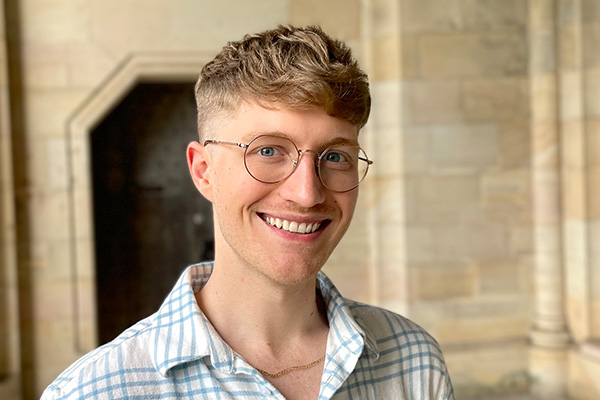The Algorithmic Basis of Pattern Recognition in an Insect Pollinator
Lochlan Walsh – Hector RCD Awardee Anna Stöckl
Human brains and vision-based robotics require intensive computation to recognize visual pattern features in various contexts and augmentations, known as invariant pattern recognition. The hummingbird hawkmoth (Macroglossum stellatarum) similarly uses pattern features on flowers to select suitable foraging sites, with only a fraction of the ‘computational power’. Aiming to understand how they do so with such efficiency, we will use behavioural, neural, and computational methods to uncover the algorithmic basis of (invariant) pattern recognition in insect pollinators.
Active sensing, or using movement to actively acquire sensory input from the environment, is achieved through diverse mechanisms across species. In the case of vision, humans can use eye movements, and robots can manoeuvre cameras to actively collect and process information such as pattern features. Insects, however, tend to be much more restricted by morphology in how they can rotate or bend their visual sensors, if at all.
Insect pollinators are particularly interesting in this regard, as they need to recognize and respond to the visual patterns of flowers when deciding where to forage. To overcome their morphological restriction, the hummingbird hawkmoth (Macroglossum stellatarum) steers its’ body while hovering over flowers, gathering information about their pattern features. Recognizing such features in varying conditions and contexts can require millions of neurons in humans. Limited computational power in hawkmoths suggest they may overcome this challenge through active pattern recognition – gathering visual information using a highly specialized sensorimotor system.
This PhD project attempts to uncover the algorithmic basis of pattern recognition in insect pollinators through three approaches: Using behavioural and psychophysical methods to analyze how hawkmoths guide their flight when inspecting different pattern features; Neurophysiological techniques to understand how variation in pattern properties (e.g. contrast or orientation) affect neural computations for visuomotor circuits; Develop computational models that mimic both active sensing strategies in the hawkmoth, as well as those used by the visual system for pattern recognition, with potential application to computer vision and aerial robotics.
Movement tracking helps us to understand the mechanisms employed by insect pollinators in recognizing and responding to pattern features.

Lochlan Walsh
University of KonstanzSupervised by

Anna Stöckl
Neuroscience, Biology Hector RCD Awardee since 2022
Hector RCD Awardee since 2022


